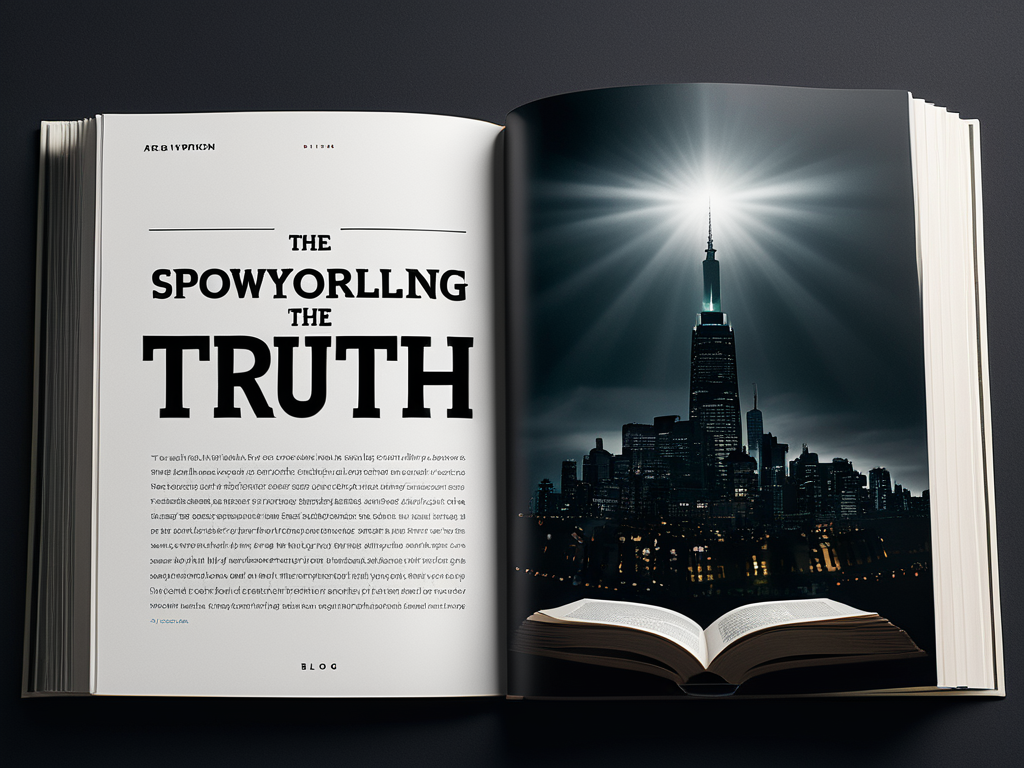The Power of Storytelling: Unveiling the Truth Behind Rea...

The art of storytelling has been around since the dawn of human civilization. It is an integral part of our culture, allowing us to share experiences, emotions, and ideas with others. In recent years, this form of communication has become increasingly important in the realm of filmmaking. Many movies are now using storytelling as a way to create realistic scenes that captivate audiences.
One of the key elements of successful storytelling is intimacy. This refers to the ability of the storyteller to make their audience feel like they are part of the story itself. This can be achieved through various techniques, such as using descriptive language or creating emotional connections between characters.
Another important aspect of storytelling is authenticity. This involves creating a sense of genuineness in the story being told. This can be done by drawing from personal experiences or using real events to inspire the narrative.
In this blog post, we will explore the importance of intimacy and authenticity in conforming to realistic scenes in filmmaking. We will also examine some practical examples of how these elements are used effectively in popular movies.
Intimacy
Intimacy is a crucial element in creating a believable story. It involves making the audience feel like they are part of the narrative, which can be achieved through various techniques. One such technique is using descriptive language to create vivid images in the reader’s mind.
For example, consider the following passage from Hemingway’s “The Old Man and the Sea”:
“He was thin and gaunt with deep wrinkles in the back of his neck. The brown blotches of the benevolent skin cancer the sun brings from its heat were on his cheeks.”
This passage creates a vivid image of the old man, making it easy for the reader to visualize him.
Another way to create intimacy is by creating emotional connections between characters. This can be achieved through dialogue or actions that reveal their personalities and motivations.
For example, consider the following scene from the movie “The Shawshank Redemption”:
“Red: I’m no longer a prisoner. I’m free.”
This line creates an emotional connection between Red and the audience, making it easy for them to understand his feelings of freedom after being released from prison.
Authenticity
Authenticity is another crucial element in creating a believable story. It involves drawing from personal experiences or using real events to inspire the narrative.
For example, consider the following passage from Ernest Hemingway’s “A Farewell to Arms”:
“I was always embarrassed for him because he turned up his nose at everything I said.”
This passage draws from Hemingway’s own experiences with his father, making it a more authentic and believable story.
Another way to create authenticity is by using real events as inspiration. For example, the movie “Schindler’s List” is based on the true story of Oskar Schindler, who saved hundreds of Jews during World War II.
Conforming to Realistic Scenes
Conforming to realistic scenes in filmmaking involves creating a believable and authentic story that resonates with audiences. This can be achieved through various techniques, such as using descriptive language or creating emotional connections between characters.
For example, consider the following scene from the movie “The Social Network”:
“Mark Zuckerberg: I’m not a lawyer.”
This line creates an emotional connection between Mark Zuckerberg and the audience, making it easy for them to understand his feelings of frustration and disappointment after being sued by the Winklevoss twins.
Another way to create a realistic scene is by using real events as inspiration. For example, the movie “The Pursuit of Happyness” is based on the true story of Chris Gardner, who became a successful stockbroker despite facing many challenges in his life.
Conclusion
In conclusion, intimacy and authenticity are crucial elements in conforming to realistic scenes in filmmaking. They involve creating a believable and authentic story that resonates with audiences. This can be achieved through various techniques, such as using descriptive language or creating emotional connections between characters.
By incorporating these elements into your storytelling, you can create a more engaging and believable film that captivates audiences.
About Valeria Pereira
Valeria Pereira | Curator & Editor at voyeurpicture.com, where the lines between intimacy and art blur. With a background in fine arts and photography, I help bring provocative stories to life, fostering a space for anonymous confessions and seductive narratives that spark desire.
